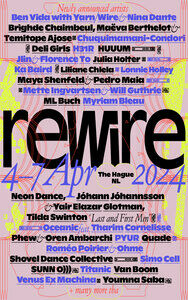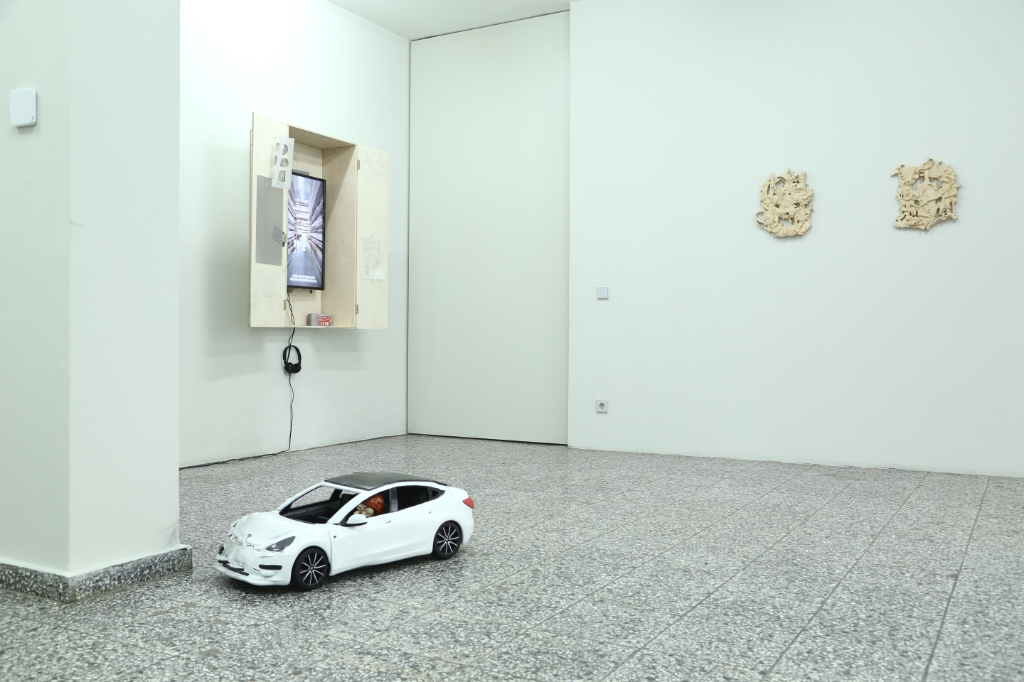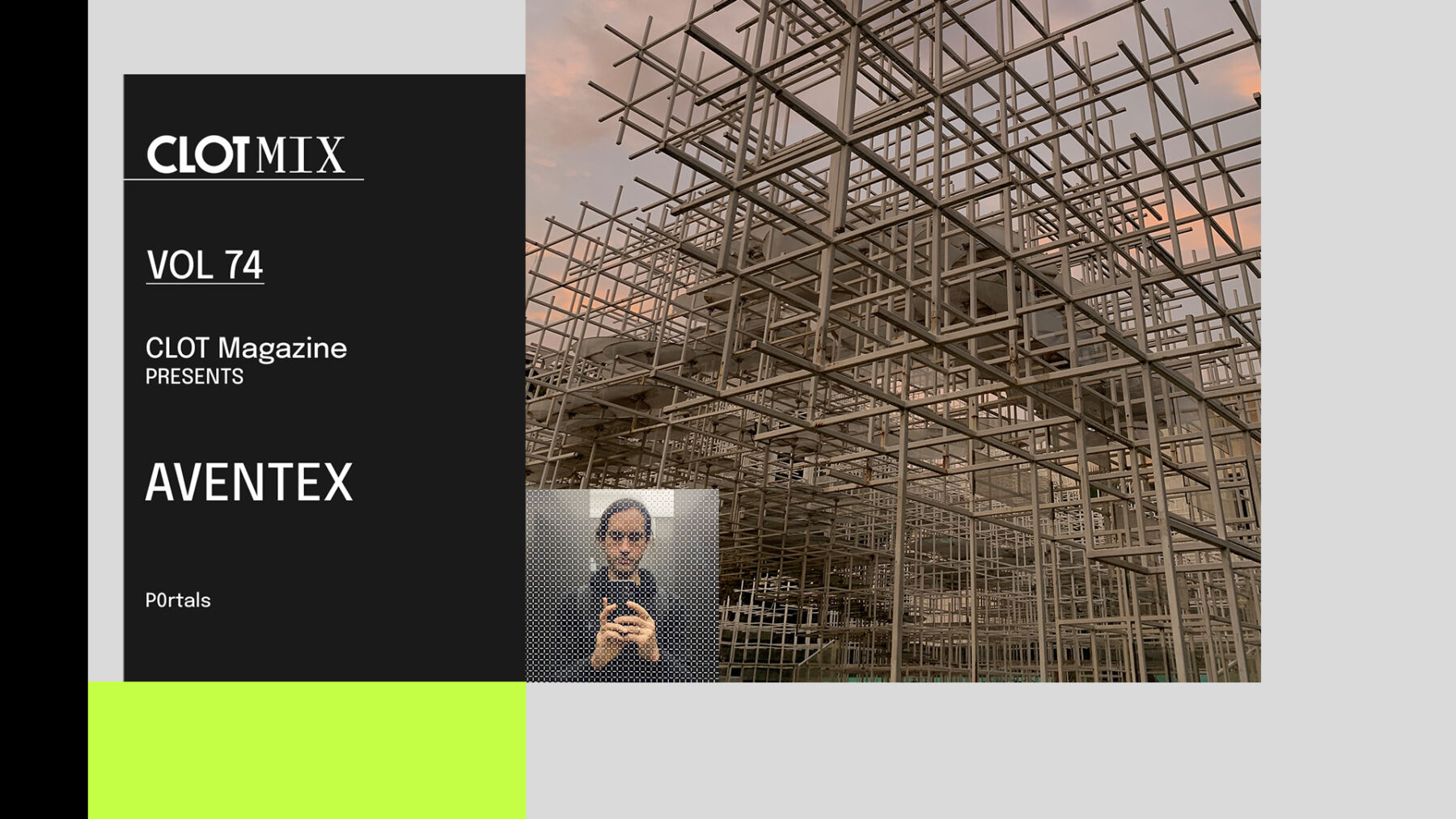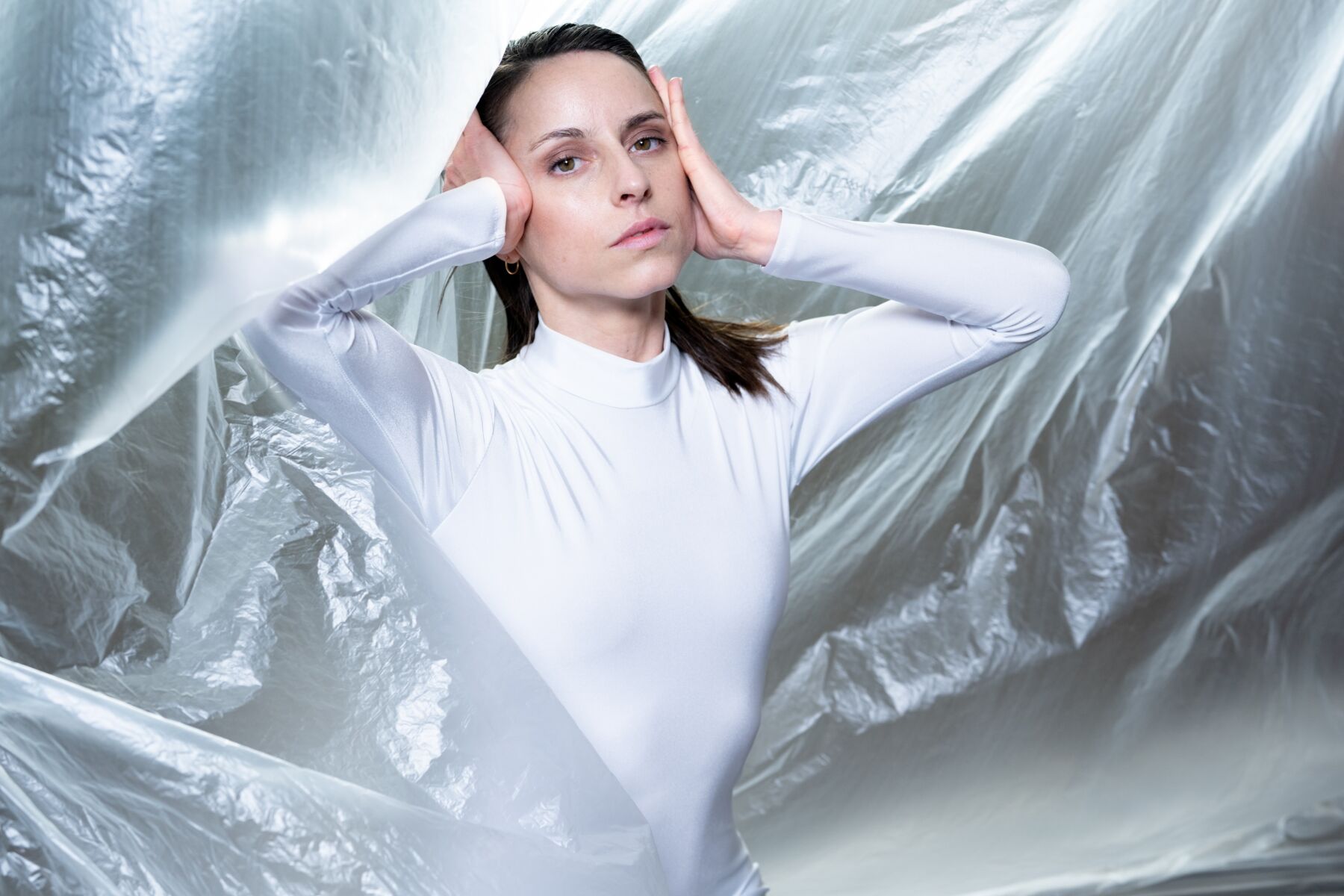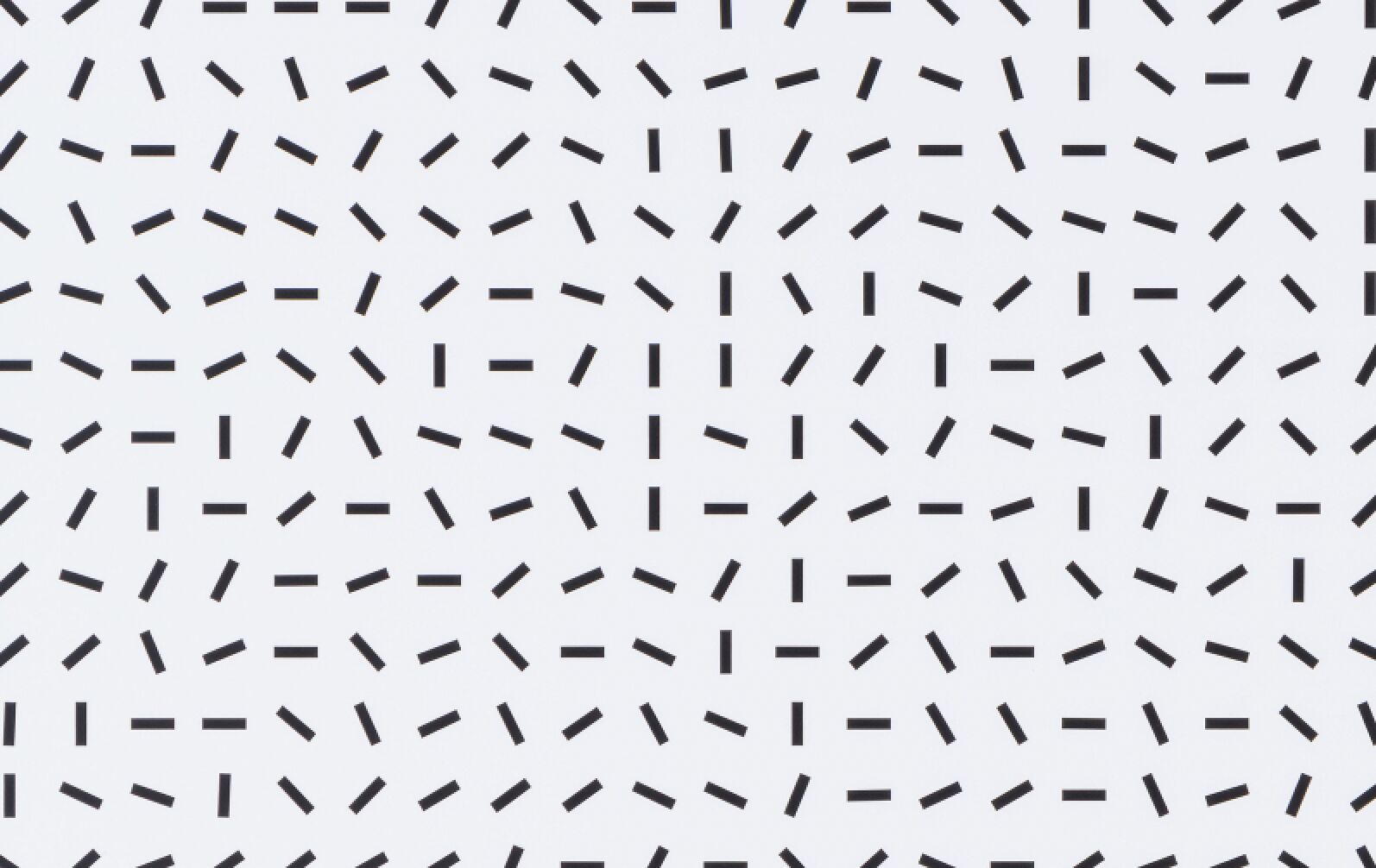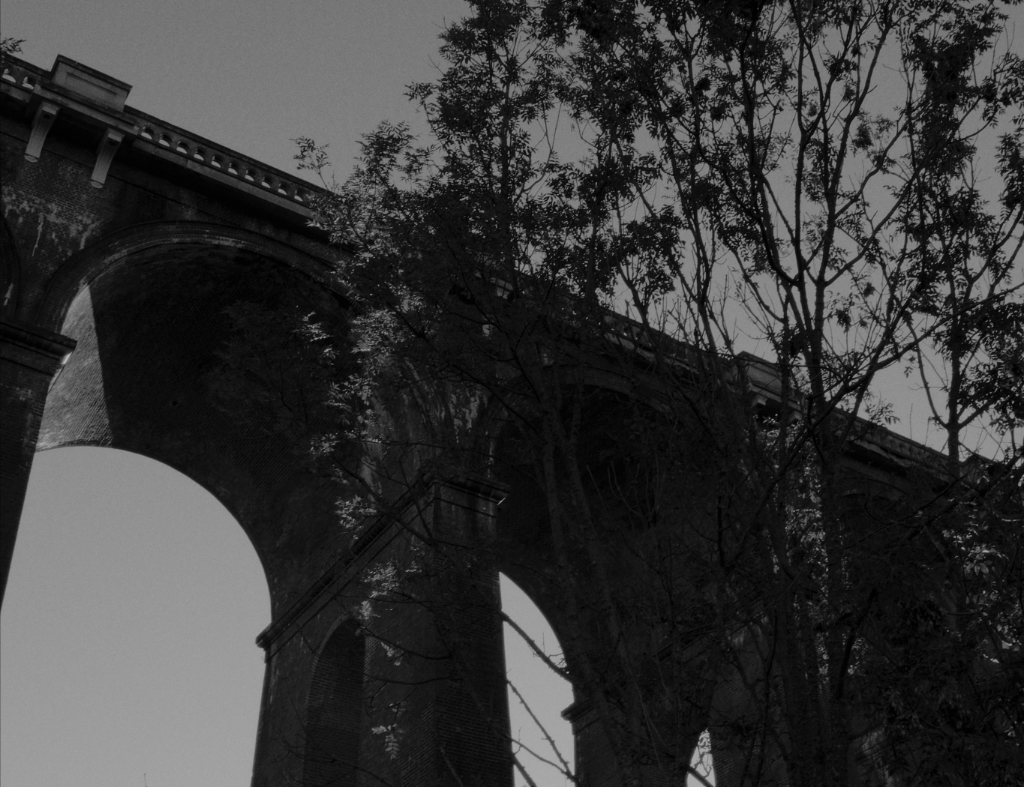Interview by Sebastian Kamau

During the Gemini IX-A manned spaceflight in 1966, Eugene Cernan performed one of the first extravehicular activities (EVA) or spacewalks. As part of a scientific experiment on how the body reacts to stress before, during, and after a flight, they measured his fluid intake and outtake. The results were striking — on returning from a spacewalk, 1-1.5 liters of sweat was found in each of his boots. In space, surprises like this can spell disaster. Not only are food and water resources limited, humidity build-up in a spacesuit during a spacewalk can reduce an astronaut’s visibility by fogging up a visor.
While subsequent spaceflights solved this particular problem by introducing new in-suit cooling systems, footwear designer Liz Ciokajlo used this problem as a thought experiment for designing a speculative Mars Boot as a commission for MOMA’s Items: Is Fashion Modern?
The piece, Caskia / Growing a Mars Boot, uses a combination of a 3D-printed inner structure with pure and composite materials like cotton, hemp, and fungal mycelium to give the boot a sleek, functional and feminine form. As space travel requires overcoming logistical hurdles in terms and weight and fluid control, the speculative Mars Boot relies on mycelium spores grown from filtered astronaut sweat to feed the fungal culture of the boot and reduce the net amount of human waste generated.
In the MOMA show, the Mars Boot is used as a cultural counterpoint to the consumer MoonBoot as popularised by Tecnica. While the early 1970s MoonBoot, in its voluminous, bold, and gender-stifling shape, characterizes the material culture of its time, the Mars Boot represents a more sustainable and explicitly feminine future.
For Liz, working to create products oriented towards a value-driven future is home terrority. Having begun her career initially as an industrial designer, her pivot to fashion footwear while at the London College of Fashion represents a deep dedication to understanding how emerging technology and materials can facilitate a decidedly feminine future. Her study of materials such as paper pulp, felt, flax, and cocolok have informed her decision to use largely natural fibers. While she has previously worked as an independent consultant for companies like C&J Clarks International, she now works with collaborator Rhian Solomon in their design consultancy OurOwnsKIN to better design products for the body.


Your first degree was in industrial design. Is your practice in footwear design oriented towards creating consumer products or conceptual ideas?
I like to think both! My practice is driven by imagining what could be. Sometimes that is possible to implement now, and sometimes, we need to take small steps to help us image directions in order to move towards an ideal path. The most effective way to visualise these small steps is through prototyping ideas, a kind of physical idea which is informed by feasible potentialities.
We are all part of this big design community doing the types of work in which we have a natural interest at any given time. We all contribute to evolving the things we ultimately make to use in our everyday lives. At our company, OurOwnsKIN, we work at the start of projects where concepts are formed, but this also includes design research using materials and making led co-design methods.
Some of our projects are very much about addressing issues right now, such as designing footwear for people with skin conditions. Some projects are much further in the future. Conceptual thinking is a tool we use to contribute to the collective debate about how we might make the stuff in our lives.
The Mars Boots project for the MoMA was a conceptual project. The brief was to prototype a modern evolution of Tecnica’s 1972 Moon Boot. This ‘item’ was inspired by the modern times surrounding Neil Armstrong’s first steps on the moon. Polymers were the materials of the 1960s, the place was the moon, and the people were men. Forward to today, the biggest material innovations are biological, the place we aspire to travel is Mars, and the western world is witnessing a rise of female leaders. The project was in a museum setting with vast footfall. The project was not funded by NASA or the ESA to design an actual Mars boot. We hope the project sparked debate with those who came to see the Mars Boot to consider moving towards biologically inspired design and biologically made materials.
Fabrication in the 21st century has become increasingly interdisciplinary, drawing on both historical trends as well as technological advances. Your work includes elements of 3D printing, leather, and cellulose. How to decide on your materials? Are they selected for utility in the form to be represented, or does the desire to use a particular material determine the form and shape of a piece?
The biggest drivers of the form are the concept, the context of production and factors of suspected use. The form and the materials are both determined by the concept. Once the concept is in place, decisions can be made about how elements, parts and details form. For example, the decision to use mycelium as a material was based on research and analysis…the Moon Boot celebrated polymer materials and biological materials capture the spirit and opportunities of the 21st century. The form of shoe had a slight heel to accommodate the natural position of the foot in reduced gravity.
The sole is the widest point of the foot, creating slight bumpers. The sole was made with an expanding and contracting pattern called auxetics, conforming to pressure changes of the foot. The wrap-around construction of the mycelium around the back of the leg on the boot references the construction of the original Moon Boot, and the Auxetic band over the shin acts as an elastic modernizing the Moon Boots original laces. The sole is 3D printed, a production process possible in space. The mycelium material could be grown in space from waste materials on the long journey to Mars (filter human sweat and cotton waste). The construction is a moccasin variant to seal the foot. The assembly proposes to lie tech methods to enjoy making footwear in the context of the 7-month journey to Mars. What we aim to do is express the utility of form poetically.
Where do cultural references appear in your work? You’ve mentioned Alice Jones, Ella Merchant, and H.G. Wells as inspirations in the making of Caskia. Are they thematic influences, or do elements of those authors’ work appear explicitly in the piece?
The themes inspired the concept. It was like taking the biggest step back and say looking at the evolution of a product and allowing culture and art to inform what this thing could become in the future. In a way, all products, including footwear, are evolutionary. It is our job as designers to create something on the surface that is desirable, and f the user chooses to look deeper, content is there underpinning the direction of the product as a whole. The choice of materials and decision to make the boot for a female foot are ways feminist science fiction writing and H.G. Wells comments explicitly manifested in the prototype.
In your practice, do you tend to work in settings with other footwear designers or as a part of a multidisciplinary team?
I tend to work multi and transdisciplinary lately. In the past, I have worked closely with design teams. I have no preference. Factors on the project determine the best colleagues to have on a project. It is always interesting learning more about the world by working with other specialisms. Having said this, each project comes with its own aims, and I enjoy the challenges.
On the Mars Boot project, I worked with designer Maurizio Montalti whose specialism is mycelium materials, including his mycelium production company MOGU. Manolis Papastavrou, a designer working with parametric and the body; artist Rhian Solomon who uses human skin as a meeting point for user and specialist to research and provoke discussion and the design specialist at Digits2Widgets who are so much more than a 3D print bureau.
In my initial research, I spoke to so many designers and technical specialists in footwear, materials and the space industry who contributed in small ways to the concept with their comments, questions and inspirational work. I kind of see my work, as a designer, more as a facilitator to amalgamate thinking into a considered thing we can use for debate in the industry. I suppose this is the reason I am not too precious with how a conceptual thing evolves into a consumer product.
Do you have advice for aspiring designers or those interested in getting involved in the field of footwear design?
I probably think of myself more as a 3D designer than a footwear designer. Having said that, I do like to know everything I can about the subject I am designing for! Here goes my advice…. Connect with people who understand more than you do about your craft. When you design footwear, you are designing in a manufacturing system. Understanding the system is a great starting point to any design. Now more than ever, the black art of footwear design is being revealed in books and courses. Research and keep making…we understand through making.
Materials, processes and constructions, even outside the footwear industry, are elements to play with in designs. Add the human body, culture and commerce, and you can get some incredible inspiration for poetic work. Everyone is different, so try everything and follow your heart.
What is your chief enemy of creativity?
Doubt, self-consciousness.
You couldn’t live without…
Good conversations over cups of tea with my family and friends!






